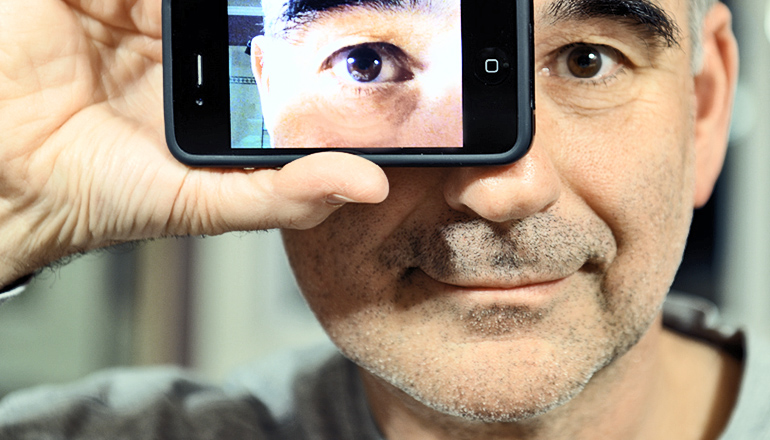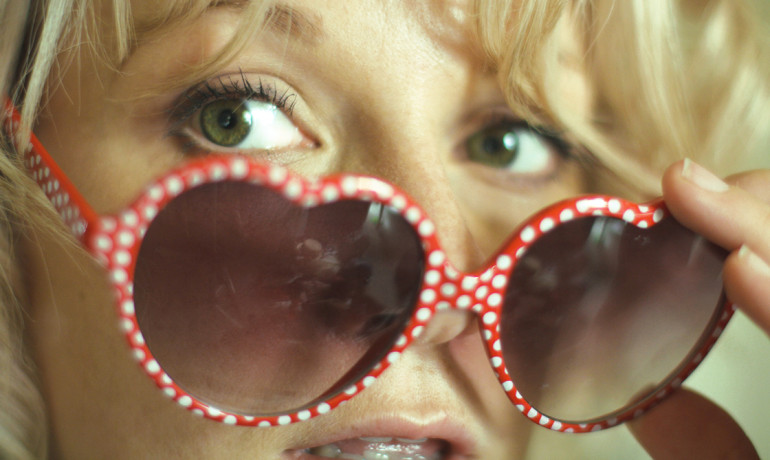PARIS — NOT many Ivy League professors are associated with a type of candy. But Walter Mischel, a professor of psychology at Columbia, doesn’t mind being one of them.
“I’m the marshmallow man,” he says, with a modest shrug.
I’m with Mr. Mischel (pronounced me-SHELL) in his tiny home office in Paris, where he spends the summer with his girlfriend. We’re watching grainy video footage of preschoolers taking the “marshmallow test,” the legendary experiment on self-control that he invented nearly 50 years ago. In the video, a succession of 5-year-olds sit at a table with cookies on it (the kids could pick their own treats). If they resist eating anything for 15 minutes, they get two cookies; otherwise they just get one.
..
Famously, preschoolers who waited longest for the marshmallow went on to have higher SAT scores than the ones who couldn’t wait. In later years they were thinner, earned more advanced degrees, used less cocaine, and coped better with stress. As these first marshmallow kids now enter their 50s, Mr. Mischel and colleagues are investigating whether the good delayers are richer, too.
..
Part of what adults need to learn about self-control is in those videos of 5-year-olds. The children who succeed turn their backs on the cookie, push it away, pretend it’s something nonedible like a piece of wood, or invent a song. Instead of staring down the cookie, they transform it into something with less of a throbbing pull on them.
Adults can use similar methods of distraction and distancing, he says. Don’t eye the basket of bread; just take it off the table. In moments of emotional distress, imagine that you’re viewing yourself from outside, or consider what someone else would do in your place. When a waiter offers chocolate mousse, imagine that a cockroach has just crawled across it.
“If you change how you think about it, its impact on what you feel and do changes,” Mr. Mischel writes.
He explains that there are two warring parts of the brain: a hot part demanding immediate gratification (the limbic system), and a cool, goal-oriented part (the prefrontal cortex). The secret of self-control, he says, is to train the prefrontal cortex to kick in first.
To do this, use specific if-then plans, like “If it’s before noon, I won’t check email” or “If I feel angry, I will count backward from 10.” Done repeatedly, this buys a few seconds to at least consider your options. The point isn’t to be robotic and never eat chocolate mousse again. It’s to summon self-control when you want it, and be able to carry out long-term plans.




















